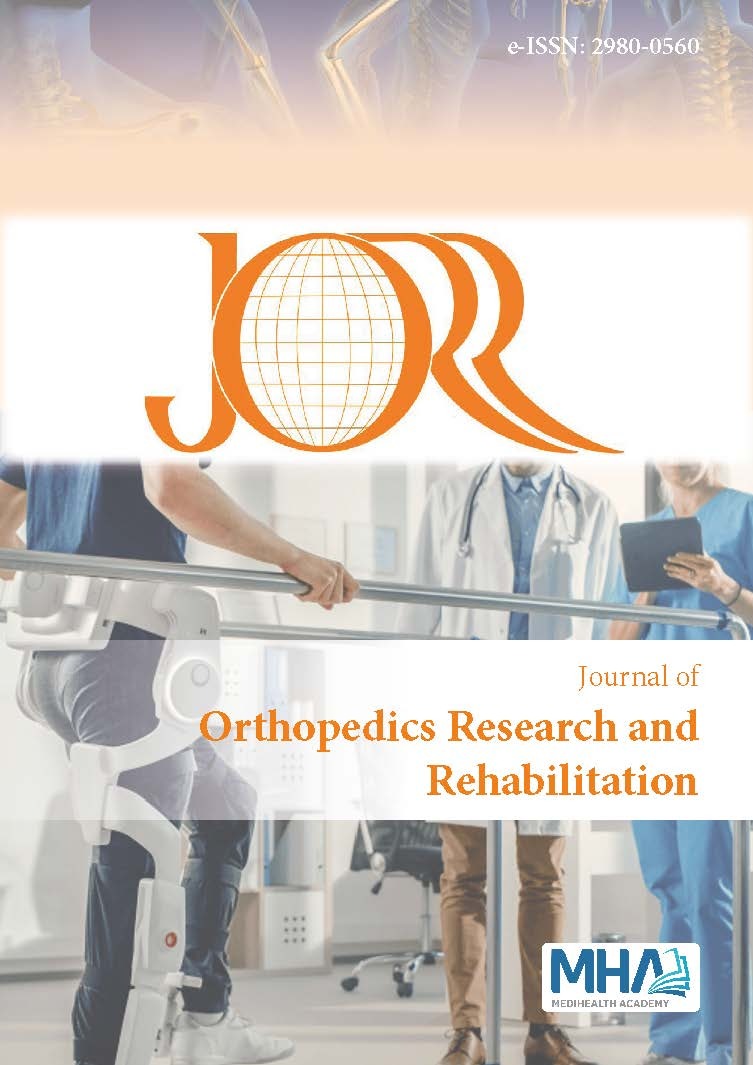1. Cuccia A, Caradonna C. The relationship between the stomatognathic system and body posture. <em>Clinics</em>. 2009;64(1):61-66.
2. Carini F, Mazzola M, Fici C, et al. Posture and posturology, anatomical and physiological profiles: overview and current state of art. <em>Acta Biomed</em>. 2017;28;88(1):11-16.
3. Michelotti A, Buonocore G, Manzo P, Pellegrino G, Farella M. Dental occlusion and posture: an overview. Prog Orthod. 2011;12(1):53-58.
4. Hassan R, Rahimah A. Occlusion, malocclusion and method of measurements-an overview. <em>Arch Orofac Sci</em>. 2007;2:3-9.
5. Gravely J, Johnson D. Angle’s classification of malocclusion: an assessment of reliability. <em>Br J Orthod</em>. 1974;1(3):79-86.
6. Nishi SE, Basri R, Alam MK, et al. Evaluation of masticatory muscles function in different malocclusion cases using surface electromyography. <em>J Hard Tissue Biol</em>. 2017;26(1):23-28.
7. Bergamini M, Pierleoni F, Gizdulich A, Bergamini C. Dental occlusion and body posture: a surface <em>EMG study</em>. CRANIO® 2008;26(1):25-32.
8. Moreno I, Sanchez T, Ardizone I, Aneiros F, Celemin A. Electromyographic comparisons between clenching, swallowing and chewing in jaw muscles with varying occlusal parameters. <em>Med Oral Patol Oral Cir Bucal</em>.2008;13(3):207.
9. WoŸniak K, Piatkowska D, Lipski M, Mehr K. Surface electromyography in orthodontics-a literature review. <em>Med Sci Monit</em>. 2013;19:416-423.
10. Hermens HJ, Freriks B, Disselhorst-Klug C, Rau G. Development of recommendations for SEMG sensors and sensor placement procedures. <em>J Electromyogr Kinesiol</em>. 2000;10(5):361-374.
11. Sommerich CM, Joines SM, Hermans V, Moon SD. Use of surface electromyography to estimate neck muscle activity. <em>J Electromyogr Kinesiol</em>. 2000;10(6):377-398.
12. Burnett A, O’Sullivan P, Caneiro JP, Krug R, Bochmann F, Helgestad GW. An examination of the flexion-relaxation phenomenon in the cervical spine in lumbo-pelvic sitting. <em>J Electromyogr Kinesiol. </em>2009;19(4):e229-e236.
13. Gadotti I, Berzin F, Biasotto-Gonzalez D. Preliminary rapport on head posture and muscle activity in subjects with class I and II. <em>J Oral Rehabil</em>. 2005;32(11):794-799.
14. Mapelli A, Tartaglia GM, Connelly ST, Ferrario VF, De Felicio CM, Sforza C. Normalizing surface electromyographic measures of the masticatory muscles: comparison of two different methods for clinical purpose. <em>J Electromyogr Kinesiol</em>. 2016;30:238-242.
15. Tecco S, Caputi S, Festa F. Electromyographic activity of masticatory, neck and trunk muscles of subjects with different skeletal facial morphology-a cross-sectional evaluation. <em>J Oral Rehabil</em>. 2007;34(7):478-486.
16. Tecco S, Tetè S, Festa F. Electromyographic evaluation of masticatory, neck, and trunk muscle activity in patients with posterior crossbites. <em>Eur J Orthod</em>. 2010;32(6):747-752.
17. Miralles R, Hevia R, Contreras L, Carvajal R, Bull R, Manns A. Patterns of electromyographic activity in subjects with different skeletal facial types. <em>Angle Orthod</em>. 1991;61(4):277-284.
18. D’Attilio M, Caputi S, Epifania E, Festa F, Tecco S. Evaluation of cervical posture of children in skeletal class I, II, and III. <em>CRANIO® </em>2005;23(3):219-228.
19. Manfredini D, Castroflorio T, Perinetti G, Guarda-Nardini L. Dental occlusion, body posture and temporomandibular disorders: where we are now and where we are heading for. <em>J Oral Rehabil</em>. 2012;39(6):463471.
20. Kim MS. Neck kinematics and sternocleidomastoid muscle activation during neck rotation in subjects with forward head posture. <em>J Phys Ther Sci</em>. 2015;27(11):3425-3428.
21. Ferrario V, Tartaglia G, Galletta A, Grassi GP, Sforza C. The influence of occlusion on jaw and neck muscle activity: a surface EMG study in healthy young adults. <em>J Oral Rehabil</em>. 2006;33(5):341-348.

